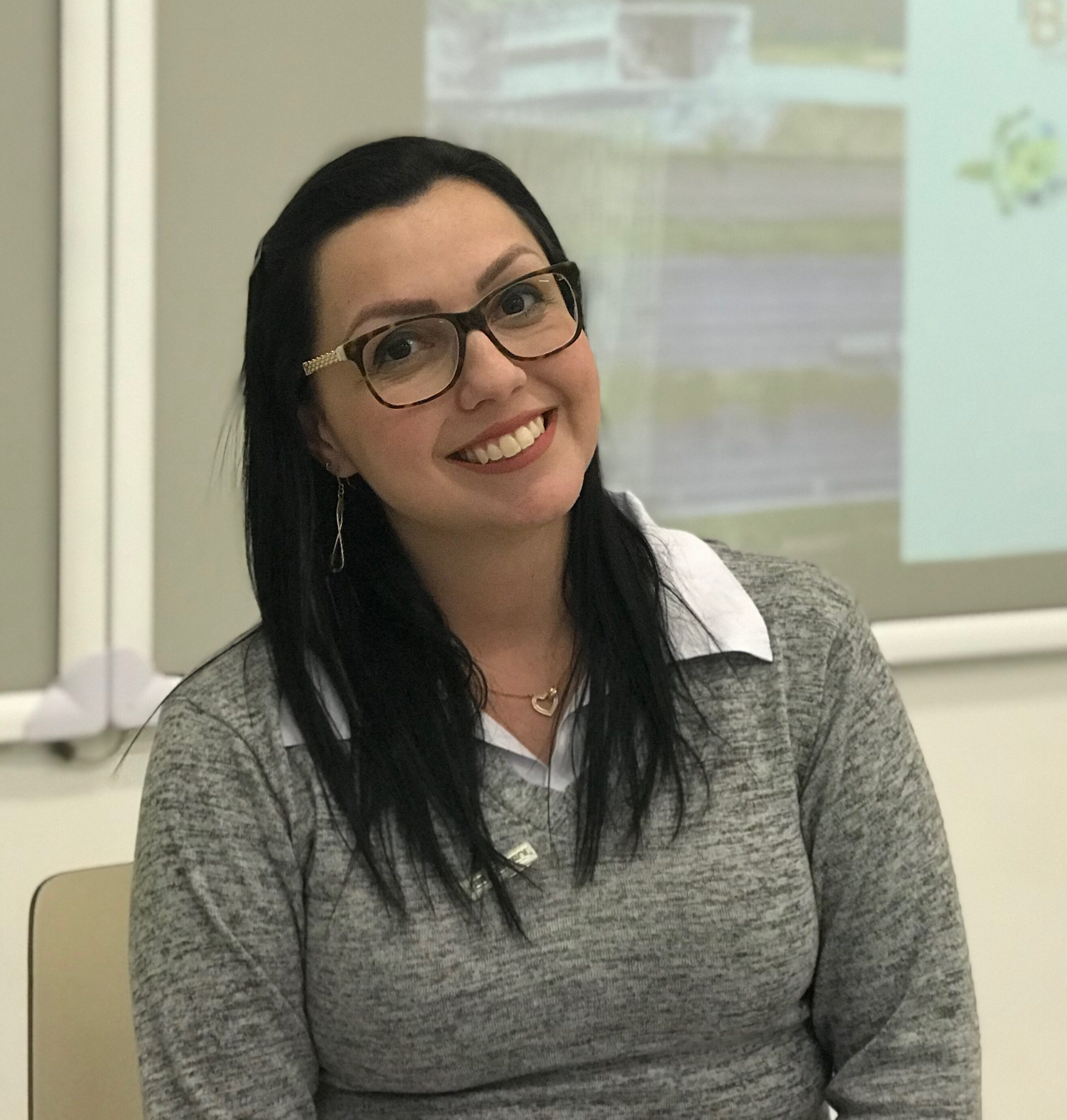“Techfying” your lessons – SAMR model
Yes, I have just invented that word.
Technology use in the classroom is debatable when it comes to usability and rationale of tasks. We (Active ELTers) have been discussing this topic for a long time now and one feature I believe is worth mentioning is that, if you use interactive boards, chromebooks, padlets, projectors, etc you are already using technology in your classroom.
So, what’s new about that, you ask? I have been learning a lot from Alice Turibio, my partner at circular.club and as she is a Google Educator, Trainer and Innovator, she put forward some very interesting features of technology tools or tasks to be used in the classroom and, most importantly, the whys and the hows.
Have you ever heard of the SAMR model created by Dr Ruben Puentedura? The acronym stands for: Substitution, Augmentation, Modification and Redefinition and it measures the impact on teaching and learning, as well as the students’ engagement.
We still have to be careful in order not to let the technology be lost into the demands of good teaching practices.
Substitution as the name says, is the technology used to substitute tasks or processes that used to be done manually, the use of print outs before the use of computer, for instance. Thus, there is no functional change in teaching and learning and you can choose to use one or another – it will all depend on the group and teacher profiles and the objectives of the tasks.
Augmentation offers effective tools to perform tasks in a faster or easier way, such as, the use of google forms for quizzes or tests instead of having them done in pencil. The functional change here is that paper is being saved, the feedback is immediate and therefore the impact is that students may become more engaged in learning.
Modification this is the first step to transforming tasks and the learning and it can only be accomplished through the use of the computer technology. For example, recording a speech that will be played in front of an authentic audience (parents, counselors, etc)
Redefinition is used for completely new tasks that were before inconceivable. For instance, the recording of a documentary video answering questions or talking about more globalized topics and important concepts. Outside sources are supposed to be relied on.
Now, one single task may use the SAMR cycle. Let’s use a hand written composition as an example. If students use a word processor to replace the pencil, this is substitution. If the students use a text-to-speech function, this is augmentation. If the students share the composition on a blog where feedback is received immediately, this is modification. If students provide an analytic thought using multimedia tools instead of writing, this is redefinition.
This way, when “techfying” your lessons, be aware of what you are doing and why or how. This way, when “techfying” your lessons, be aware of what you are doing and why or how. This is crucial for the environment.
References:
Dr Ruben Puentedura’s website
Technology Education and Mobile Learning
https://www.educatorstechnology.com/2013/06/samr-model-explained-for-teachers.html




